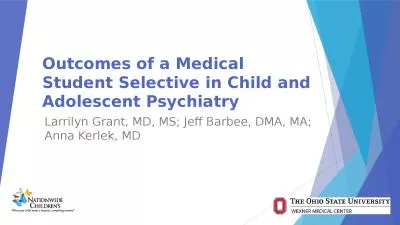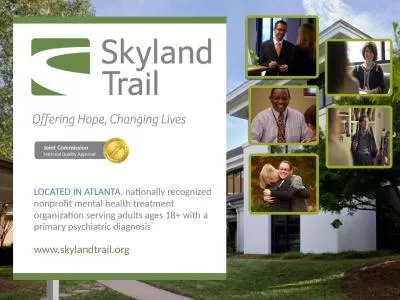PPT-HIV and Mental Health: Psychiatry and Depression
Author : evans | Published Date : 2024-02-09
Francine Cournos MD Professor of Clinical Psychiatry CoPrincipal Investigator Columbia University NortheastCaribbean AETC New York New York Dr Cournos has no
Presentation Embed Code
Download Presentation
Download Presentation The PPT/PDF document "HIV and Mental Health: Psychiatry and D..." is the property of its rightful owner. Permission is granted to download and print the materials on this website for personal, non-commercial use only, and to display it on your personal computer provided you do not modify the materials and that you retain all copyright notices contained in the materials. By downloading content from our website, you accept the terms of this agreement.
HIV and Mental Health: Psychiatry and Depression: Transcript
Download Rules Of Document
"HIV and Mental Health: Psychiatry and Depression"The content belongs to its owner. You may download and print it for personal use, without modification, and keep all copyright notices. By downloading, you agree to these terms.
Related Documents

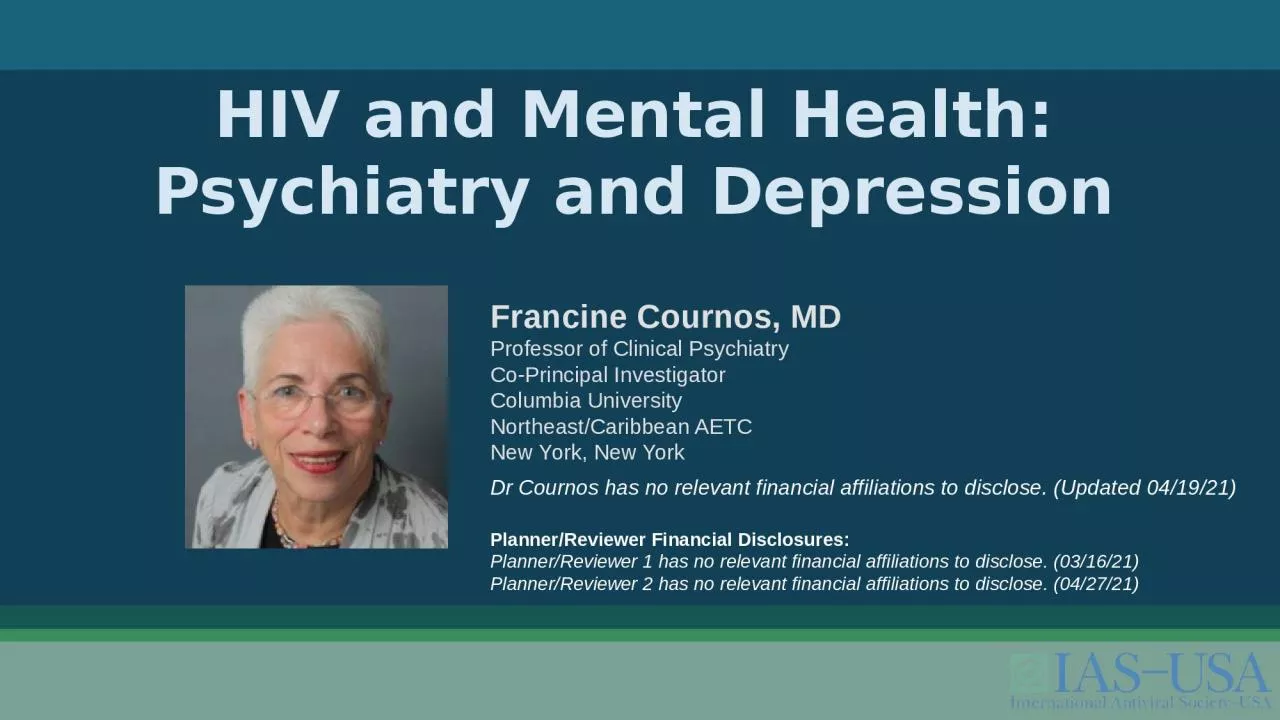
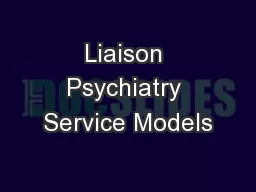
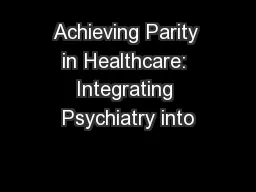
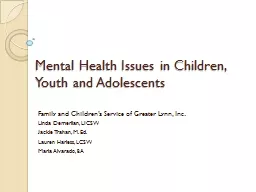
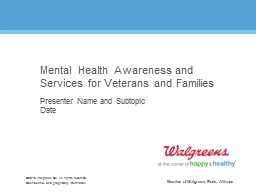
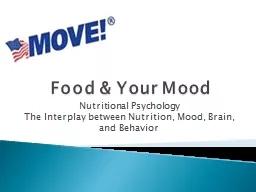
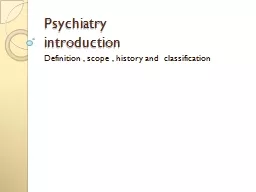

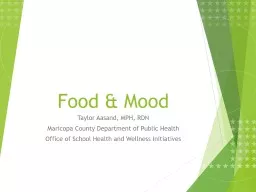
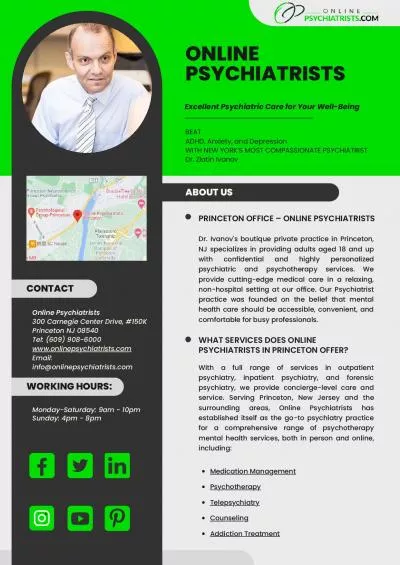
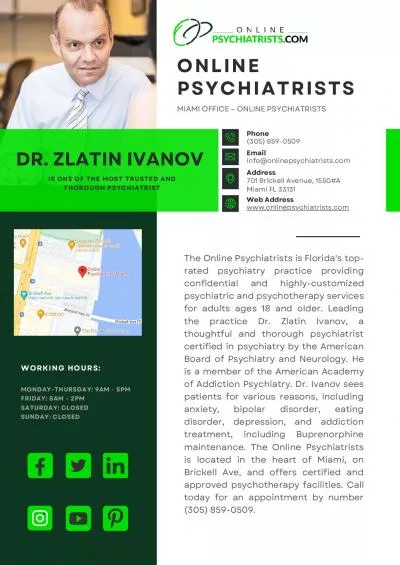
![KEEP PSYCHIATRY IN MIND [Your name]](https://thumbs.docslides.com/1012397/keep-psychiatry-in-mind-your-name.jpg)
